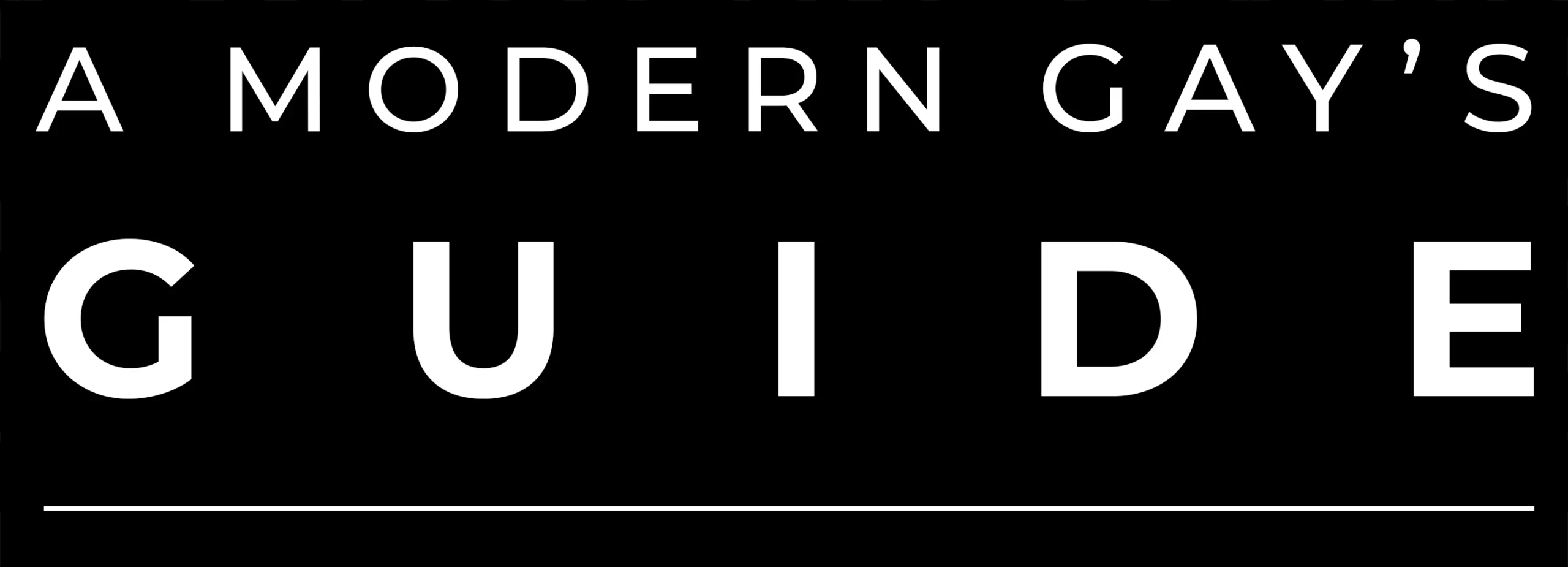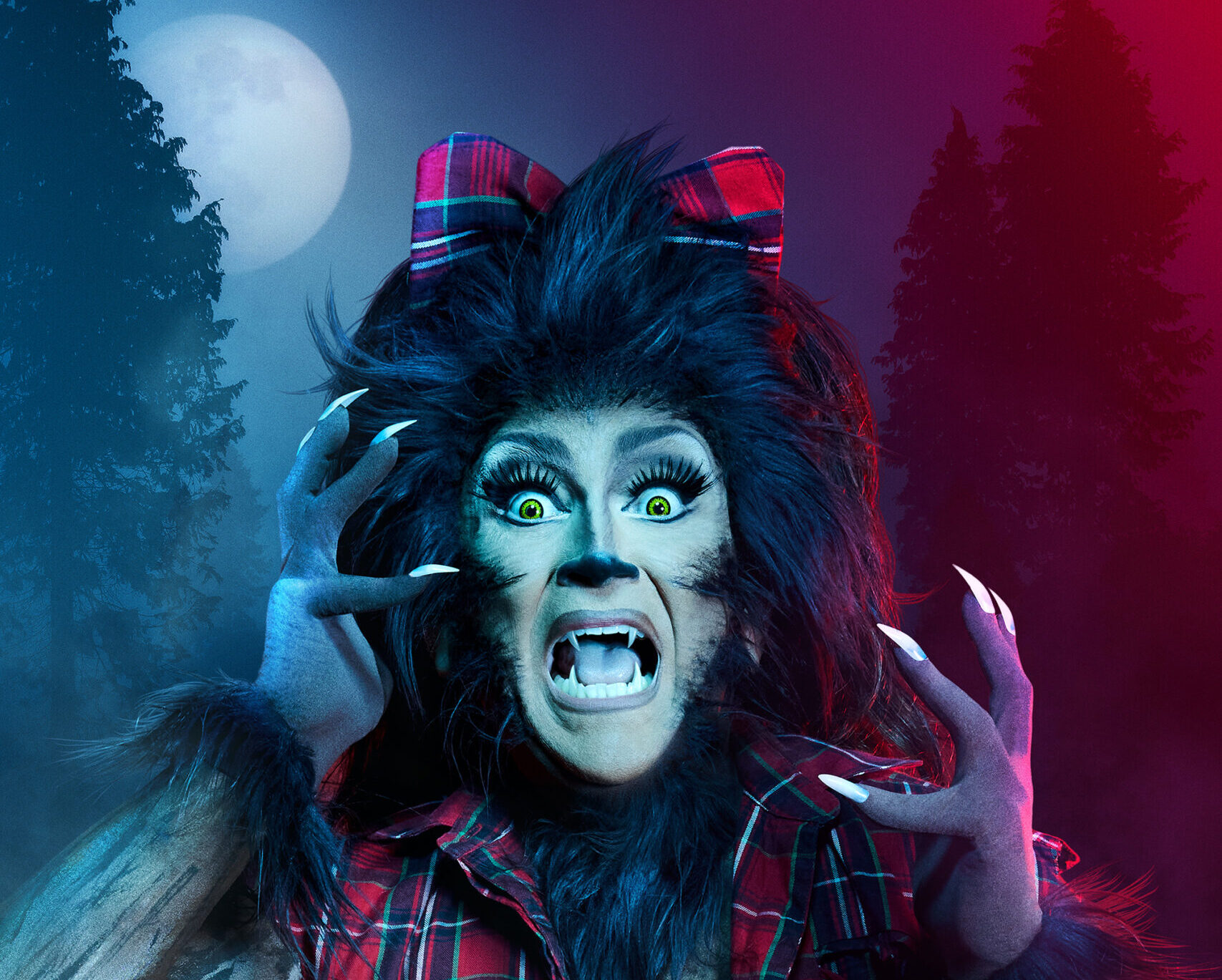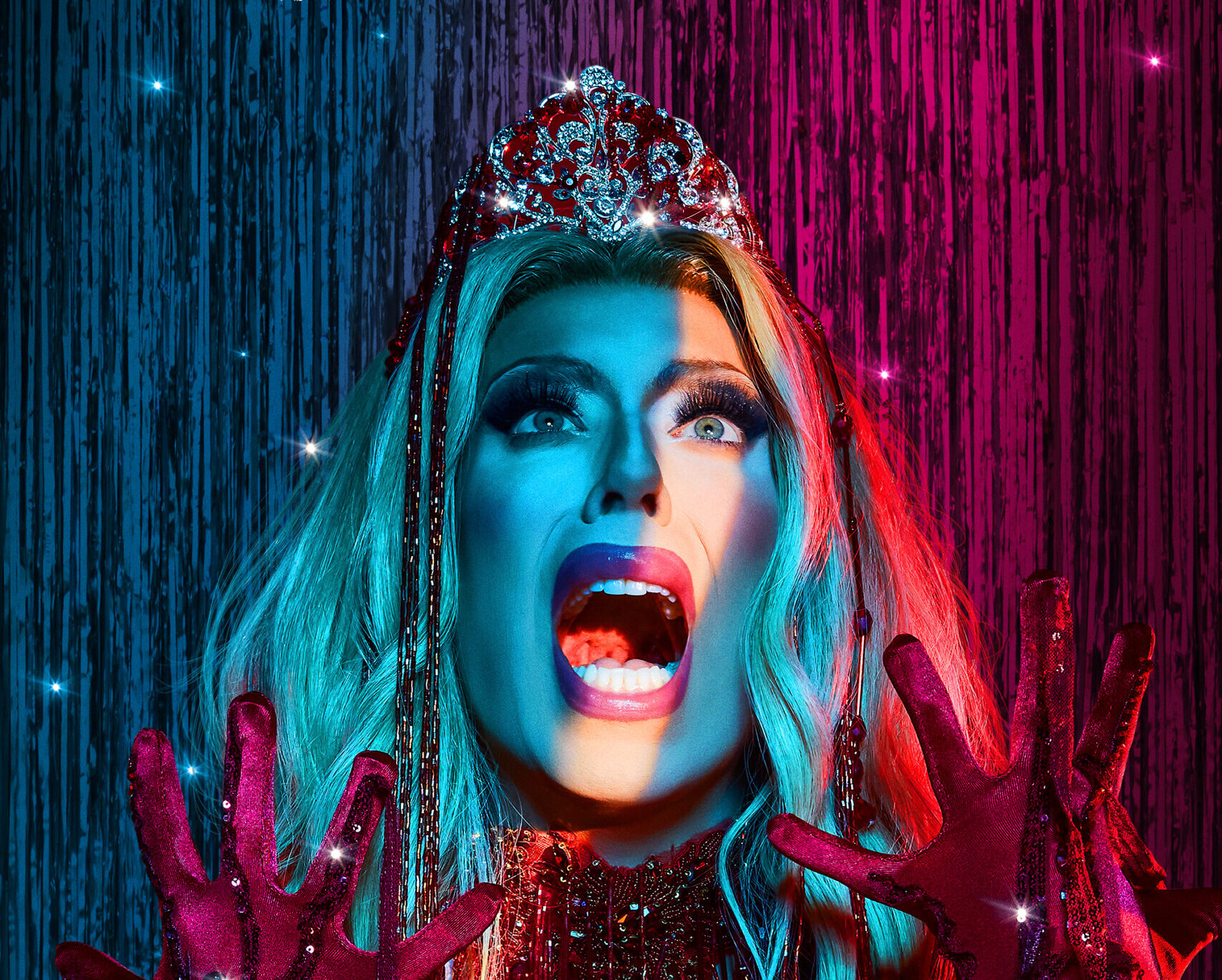A Modern Gay’s Guide sinks our teeth into Bryan Fuller to talk all things ‘Queer for Fear’, the evolution of horror, and why he thinks ‘Hannibal’ still has such a cult following among the queer community.
Bryan Fuller – who initially got a taste for blood with the 2002 Carrie remake before following the grim reapers in ‘Dead Like Me’, handling topics of death and resurrection in ‘Heroes’ and ‘Pushing Daises’, and serving up a cinematic carcass cacophony to viewers with ‘Hannibal’ – is well acquainted with the thrills, and spills of the horror genre.
A sound, “foundational pu pu platter of where we are coming from”, this docuseries goes back to where it all began, f rom gothic literary legends Bram Stoker and Mary Shelley, and creeping through the silent era to the classics (like Hitchcock and Universal Monsters), Shudder’s four-part documentary series ‘Queer For Fear’ retraces the horror genre’s past.
And including interviews from the likes of Lachlan Watson, Alaska Thunderfuck 5000, Justin Simien, Leslye Headland, the series peels back the layered history of the genre, examining the subtext with a queer eye.
The docuseries explores a number of classic horror moments, and, “how it felt to be part of an active queer community outside of the studio gates, and how a lot of those interpretations were lost over time because we simply weren’t aware there was any point in history that queers were being celebrated in any way because of where we are in modern times… To think of a pride celebration in any way, shape, or form before the 60’s is sort of unthinkable in a way.”
Executive producer Bryan Fuller first got involved with ‘Queer For Fear’, when the producers of 2019’s critically acclaimed ‘Horror Noire: A History of Black Horror’, expressed interest in doing something very similar with the queer community. However, Fuller admits that once ‘Horror Noire’ had been made, “it felt like we simply didn’t have enough real estate to tell a bigger, more pointed version of the story. It felt a little bit like we were roller- skating through the loop, because there was so much real estate to cover.”
“There was rarely an opportunity to sort of sit and enjoy any of the art pieces,” he continues, “so, we started talking about what this would look like if it was a television series (as opposed to a one-off movie) and that gave us a great freedom to be able to land on some of these stories and explore them.”
Fuller talks about what film he thinks has impacted the queer community the most – whether that be good or bad – sharing that even though he loves ‘The Silence of The Lambs’, “you can’t deny some of its takeaways with the Buffalo Bill, because people saw ‘The Silence of the Lambs’ and said, ‘oh, all trans people are like Buffalo Bill,’ and that created a lot of problems with the trans community. If you remove that, then it’s an amazing film filled with amazing craftsmanship across the board.”
“But you can’t tell a trans person that it didn’t do damage,” he reiterates.
On the topic of cannibalism, Fuller talks about why he thinks fans of the TV series ‘Hannibal’ just can’t get enough… even after its conclusion in 2015. He reflects saying, “going back to Anthony Hopkins’ portrayal of Hannibal Lecter in Silence of The Lambs, it was so queer.
There was such a feminine quality to his performance, whether people bought into, ‘oh, there’s a romance between Hannibal Lecter and Clarice Starling’ or just the aggressive presentational queerness in his aesthetic, as well as the things that that he valued were so queer.”
“The show ‘Hannibal’ was just combing that thread forward, and towards a queering of that character that was presentationally apparent. And then we just slowly eased the audience into that boiling queer water.”
Looking back throughout the years (and casting his mind forward a little), Fuller explains that he’s noticed a change in the horror genre, saying, “I think a lot of modern horror is frequently seen as a horror-bro kind of genre that’s very sort of straight male centric,” despite being grounded in queerness.
This more recent expression was a part of why Fuller felt it was imperative to go back to the genre’s origins and its legends in Gothic literature, then work forward, stating that he wanted to, “let queers know that horror is their genre by design, that there’s something very exciting about having a foundational influence on storytelling that queers are uniquely suited to be able to explore.”
“Horror has always been queer. It’s always been about the other, the outsider. It’s always been about women in strange circumstances and strange relationships with their identities, both sexual and personal, and how being the monster and not the member of the mob is a place that we live from.”
Bryan Fuller’s ‘Queer For Fear’ is available to stream now on Shudder.





